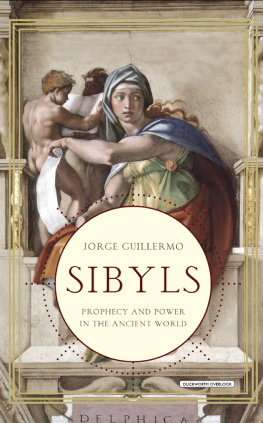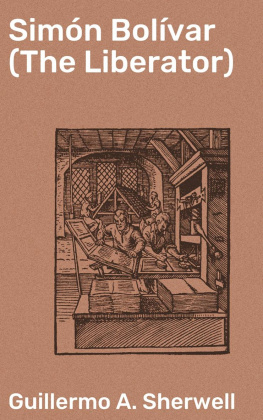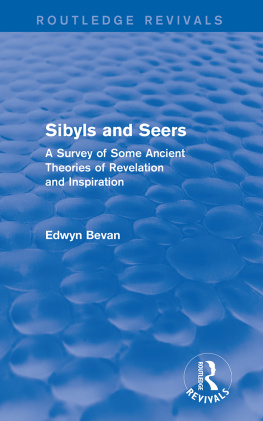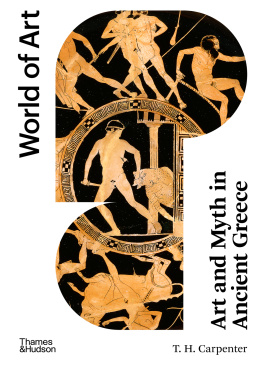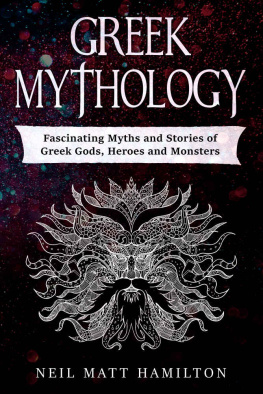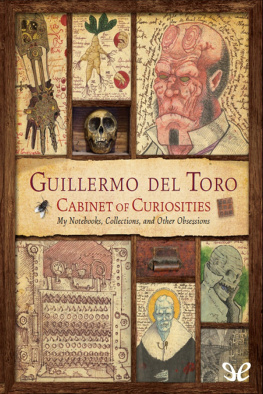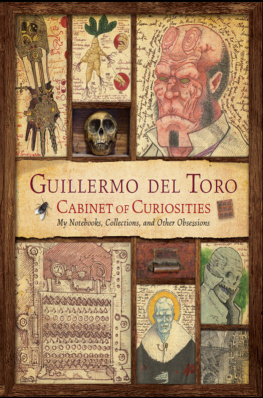SIBYLS

Roman sesterce depicting the profile image of a Sibyl. Minted circa 65 BCE under Lucius Manlius Torquatus.
(Ashmolean Museum, Oxford.)
SIBYLS
Prophecy and Power in the Ancient World
Jorge Guillermo

DUCKWORTH OVERLOOK
This eBook edition 2013
This edition first published in hardcover
in the UK and US in 2013 by
Duckworth Overlook
LONDON
30 Calvin Street, London E1 6NW
www.ducket.co.uk
For bulk and special sales,
please contact ,
or write to the above address.
NEW YORK
141 Wooster Street NewYork, NY 10012
www.overlookpress.com
Copyright 2013 by Jorge Guillermo
All rights reserved. No part of this publication may be reproduced, stored in a retrieval system, or transmitted, in any form or by any means, electronic, mechanical, photocopying, recording or otherwise, without the prior permission of the publisher.
A catalogue record for this book is available
from the British Library
ISBNs
Hardback: 9780715643044
Kindle: 9780715648490
ePub: 9780715648506
Library PDF: 9780715648513
Manufactured in the UK by
CPI Group (UK) Ltd, Croydon, Surrey
This book is dedicated to Esther Pardas
who over the years has been
my own steadfast source of sibylline wisdom
CONTENTS

INTRODUCTION
Books dealing with pagan material very quickly disappeared once they had fallen into disuse. The hateful hostility of certain rulers had the same destructive effect, going after these books as fiercely as they would attack their worst enemies. No number could accurately express how much was irretrievably destroyed as a result of this malevolence, not just books of stories but also many others about various subjects.
GIOVANNI BOCCACCIO, Genealogy of the Pagan Gods
We are always haunted by the past, even when we try to destroy it.
CHARLES ROSEN, Freedom and the Arts
T he ultimate triumph of Christianity over pagan polytheism inevitably led to the overthrow and sweeping destruction of all traditional religious figures and practices in the classical world. The sibyls stand out as the rare and spectacular exception: they successfully managed to survive the carnage with their authority still pretty much intact. Nevertheless the individual stories and collective achievements of these extraordinary women have become largely unfamiliar to the majority of people in the twenty-first century. Until fairly recently that would never have been the case. The sibyls remained trusted and admired figures well into modern times, although without any doubt their reputation, power and fame would have been immeasurably greater in their own day, when people would have flocked to their sanctuaries from even the most remote and isolated corners of the vast Roman Empire.
Not far to the northwest of Naples, high above an inhospitable stretch of coastline facing the depths of the Tyrrhenian Sea, there is a bare patch of ground whose powdery surface is marked only by the gaping entrance to what appears to be an ordinary cavern. Most casual visitors arriving at this spot today would never suspect that two thousand years ago, and for quite a long time before then, this unpre-possessing opening in the rocky soil had been renowned all over the Mediterranean world as the dwelling place of the immensely respected Cumaean Sibyl. Unless they had been told in advance, very few of them would know that over many centuries stretching back in an unbroken line for countless generations, throngs of eager pilgrims filled with deep reverence and heightened expectations would have arrived in Cumae every single day. Each of them would have had the same hope in mind: to catch a glimpse of the sibyl and with any luck perhaps be able to hear one of her treasured pronouncements. Throughout her long career she was a hugely influential figure.
The Cumaean Sibyl has always been one of the most famous members of her select circle, but nonetheless she was not the only one who practiced prophecy in ancient times. The sibyls formed an extremely small and yet very powerful group of independent women prophets. The reason why they would come to be known as sibyls is a matter of speculation, but most likely the earliest recorded practitioner of their profession had been given that name, either by her family at the time of her birth or by her loyal and admiring followers at some later moment of her life, and it would automatically have come to be applied to her successors. In the early years of the Renaissance the cultivated humanistic writer Giovanni Boccaccio expressed the belief that the word would have first come into use simply to identify any of the various women who possessed minds filled with God and other spiritual concerns. It is possible that initially the name would have been bestowed upon a prophetic woman as a polite gesture of respect and public recognition of her powers.
Although the remarkable antiquity of the word sibyl has always been recognized, it should not be surprising that its precise etymological origins have never been determined with any degree of finality. Writing in the first century BCE, Marcus Terentius Varro advanced the suggestion that the term had derived from a long-disused dialect of ancient Greek spoken at one time by the Aeolians, a people who lived in Asia Minor along the eastern coast of the Aegean Sea. In view of the fact that Varro held the prestigious post of public librarian under Emperor Julius Caesar and was widely considered by his peers to have been the most learned of all Roman citizens of his day, his opinion on this matter deserves to be taken seriously.
All the same, various authors have found it appropriate to advance several other possibilities. The travel writer Pausanias, who lived three centuries after Varro, declared with equal conviction but with considerably less authority that the term was definitely of North African derivation. Still other scholars have proposed a Semitic etymology, which might reasonably suggest still greater antiquity. Regardless of its antecedents, the word sibyl has been in use for an impressively long time. The ancient Greeks and Romans eventually came to apply it across the board to all the women who possessed the gift of divination. Thousands of years later Boccaccio recorded his opinion that the designation had been bestowed only very sparingly and even then exclusively on those women who possessed the most highly developed prophetic skills.
The conviction that the sibyls drew their vision and consequently their authority directly from the gods appears to have been one point of view which was unanimously shared by everyone in classical times. Plutarch records that the sibyl with raving mouth, according to Heraclitus, utters things mirthless and unadorned and unperfumed, and her voice carries through a thousand years because of the god who speaks through her. For that reason alone their powers would have been acknowledged by the grandest as well as the humblest of people throughout the classical world.
Virgil reports that Aeneas, the celebrated hero of the Trojan War and legendary founder of what would eventually become the Roman Empire, made a long and arduous journey expressly to consult the Cumaean Sibyl in her inhospitable cave. He was unshakeable in his belief that the sibyl was the only one who possessed the ability to disclose to him his destiny. At a time when the world was almost entirely dominated by men, the very idea that a noble and mighty warrior like Aeneas would deferentially seek the counsel of a helpless old woman living in remote isolation with only a handful of female attendants for companionship clearly demonstrates the profound respect which in ancient times must have been routinely accorded to the sibyls and to their pronouncements. More than two thousand years have passed since Virgil wrote his account of Aeneass visit to the Cumaean Sibyl, but already by Virgils lifetime the supremacy and prestige of these visionary women had been solidly established for more than a few centuries. Generations before Virgil, Heraclitus had noted the sibyls prophetic vision.

